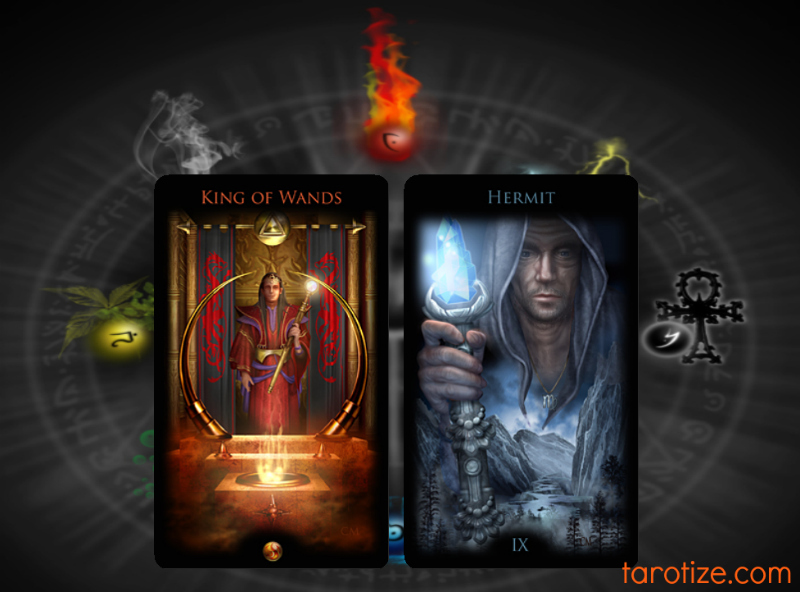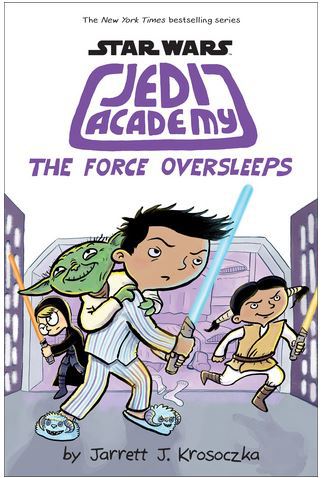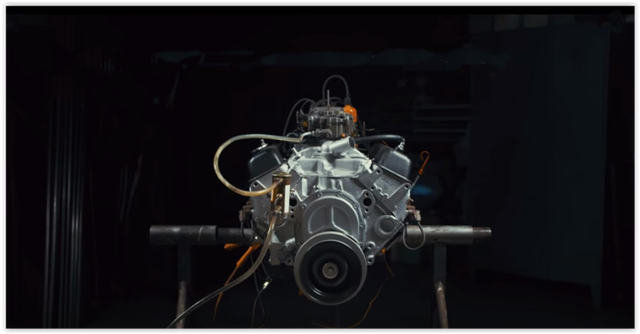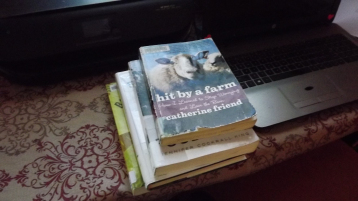I’ve been mentioning here and there in reviews the manga’s that may have wormed their way into my top 5 favorites. For this special week, I’d like to present to you all one of four lists I’ll be creating: my top five romance mangas. To be able to make it onto this list a manga must possess: complex characters, multifaceted stories, and strong art. Each of these things is important to — at least my — overall enjoyment of a series. Listed below are five mangas — starting with number one — plus two honorable mentions that have captured my attention over the many years I’ve been reading manga and my past year of critically reviewing them. Each of these are my own personal favorites and many have full reviews of their own which I encourage you to read. If you have any other manga’s you think should have a shot at this list, feel free to let me know, and maybe these will get updated every few years.
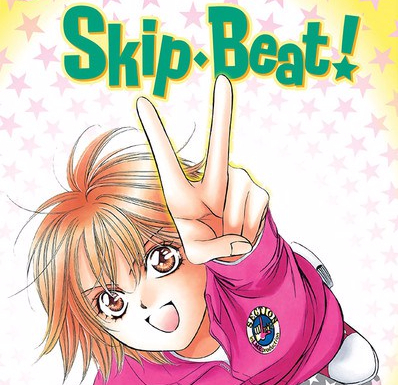
Skip Beat
Skip Beat is the story of Kyoko Mogami who followed her childhood friend and love of her life Shotaro to Tokyo in order to support his music career. After finding out he was only using her and never had feelings for her, she forsakes love and vows revenge on the arrogant musician. But to do that she must enter the showbiz world. For a girl with no remarkable talents and the inability to love, this means fighting for her place even if it winds up being the strange and embarrassing Love Me section. However, her tenacity and thirst for revenge brings her to the attention of the very popular Ren Tsuruga, who has his own problems when it comes to love.
I’ve been dying to talk about Skip Beat since I started this blog. The only thing that’s been holding me back is the sheer length and the fact that it is still ongoing. After 40 volumes — with more still to come — the series is only just starting to touch on the deep romance between Ren and Kyoko. Created by Yoshiki Nakamura, it was picked up by the magazine Hana to Yume in Japan and Viz Media for publication in the United States. The studio Hal Film Maker picked up the series for a 25 episode anime that ran from 2008 to 2009. However, the anime was way too short for the length and breadth that the manga was reaching to, stopping well before Ren and Kyoko’s relationship started to take off.
What really drew me to this series in the first place, though, was the combination of great art, comedy, and drama that all intertwined to create a multifaceted story of personal growth and emotional healing. If there is one thing this series does well is balance, juggling comedy and drama to build a wide-reaching story. For those of you that like the music/theater-centered stories, Skip Beat pretty much covers all of those as Kyoko delves into a wide variety of roles while worrying that people will never see her as more than one character. The overarching narrative of finding your place, living for yourself, and recovering from emotional scars is a great central backbone to the series, tying everything together.
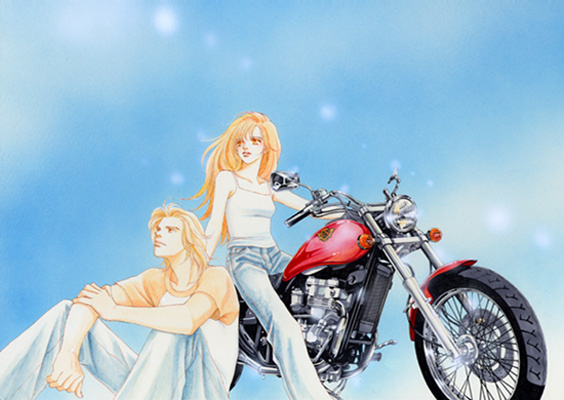
Mars
After a chance meeting at a park, the reckless motorcycle racer Rei becomes drawn to the closed-off artist Kira. He finds out the next day that they’re actually in the same class in high school and makes it a point to get close to her no matter how much she tries to push everyone else away. These star-crossed lovers come together to heal each other’s deep wounds in a story packed full of drama, tragedy, and romance. From the mystery surrounding the death of Rei’s twin brother to the twisted minds of students and adults that they meet, Mars finds away to openly discuss many difficult issues in a captivating fashion.
Mars was the first manga I reviewed on this blog — back when I was still writing volume-by-volume reviews — and for good reason. Fuyumi Soryo’s illustrations and writing lend a great mix of artistry and drama that gives the manga an almost timeless feel. It’s honestly too bad that the manga itself is out of print right now though you can still find some volumes on Amazon, and of course scans online. However, it has understandably been more than 20 years since its release. But even after 20 years, Mars has held its own and drew my interest in with its superior art and captivating story about mental illness and loss.
I will say that this manga is more for people who like drama and tragedy as it is filled to the brim with both. In fact, two live action drama adaptation were created from this story, and it does feel fitting in a way. But where it really shines is in the art. Soryo’s art captures a more traditional style with thin lines that make the characters fade into the background. My previous reviews have some great examples of this, especially how Soryo positions her faces to blend into certain scenes, creating panels where detailed and emotional eyes look out over a page. In contrast, the moments where racing and motorcycles are in the forefront feature deep values and a high level of detail. This allows us to experience these moments of drama more completely through art and story. You can also read my analysis of Soryo’s take on mental illness in my old reviews as well, particularly Rei who suffers from severe PTSD and survivor’s guilt even as he plays the part of reckless playboy.
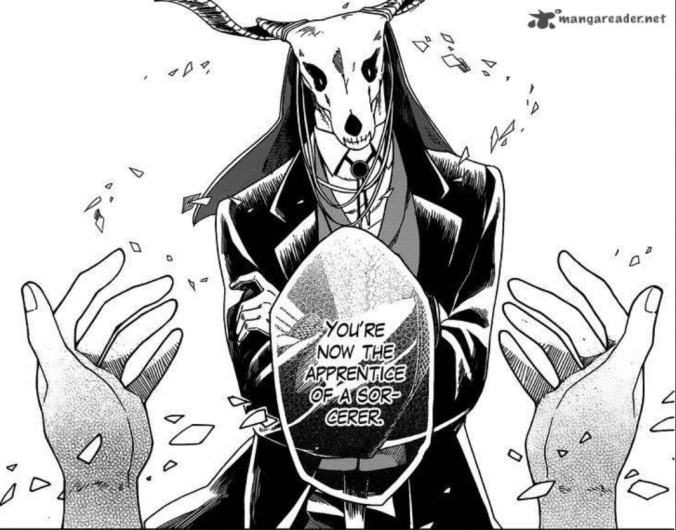
Ancient Magus’ Bride
When Chise’s mother dies suddenly leaving her all alone, she is passed from family to family, each one rejecting her because of her ability to see things they can’t lurking in the shadows. She eventually runs away only to fall into the hands of a slaver and is auctioned off to the highest bidder. Her new master just so happens to be a sorcerer straddling the line between human and monster. But when the sorcerer Elias calls her family and vows to make her his student, she decides to devote her life to his teachings even if her life may not last very long at all.
A pretty recent addition to my top list of favorite romances, Ancient Magus’ Bride quickly captured my attention through its combination of great art, interesting characters, and fantastical world. On the surface, the most striking aspect about this series is the nature of the love interest. The mage Elias is a half-fairy creature that sports a bare horned skull for a head. Obviously not the most traditional-looking main male character, but that is okay. The main story revolves around the abandoned Chise and inexperienced Elias coming to understand one another, he teaching her how to control her magic, and she teaching him how to relate to humans. Together, these two rejects from society create a new cobbled-together family.
I like to compare Ancient Magus’ Bride to a combination of the fantastic nature of magical creatures in Natsume Yuujin-cho and the relative dark nature of both plot and art of Fullmetal Alchemist. There were times where I legitimately got a chill down my spine at the appearance of certain creatures. And this is what makes a series great: its ability to balance tone and content to create something multifaceted and meaningful. To make matters even better, we’re getting an anime adaptation come October, and if it is anything like the OVA’s currently out, it’s going to be truly entertaining.
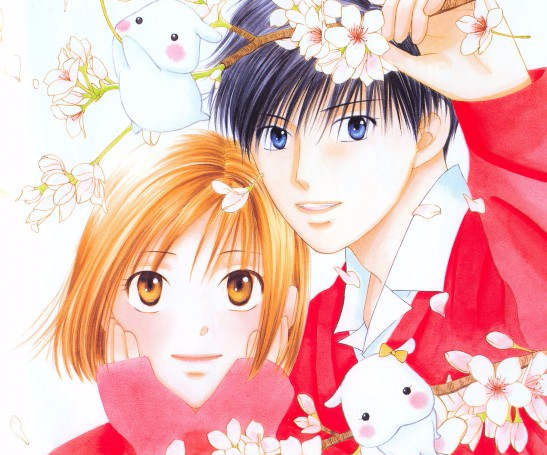
Kare Kano
Kare Kano, or His and Her Circumstances, follows the story of Yukino and Arima who are both the tops of their class at high school, admired by students and teachers alike for their intelligence and attitude. However, for both of them, this perfect student persona is just that, a mask that they wear to gain respect and admiration from their peers. Yukino thrives on the attention her classmates give her, while Arima must play the good boy role for the well-being of his adopted family. When Yukino sees her position in school threatened by Arima’s rise to class president, a vicious feud erupts that leaves their true faces exposed.
I recently revisited this manga and wrote a relatively lengthy review on it. In my honest opinion, this manga is one of the best classic shoujo romances, hence why it appears in this list. Coming in at 21 volumes, Kare Kano makes it onto this list mainly because of the great characterization and the noticeable improvement of the art overtime. What sets this manga apart is the way the characters are portrayed, as people with their own hopes and dreams, separate enough from each other that they become unique people in their own right. Over time, it becomes easier to imagine how these characters may live if they never entered into a relationship with each other in the first place. Additionally, while the story delves more into the dramatic as it progresses, the tone in the beginning is fairly light-hearted, focusing on friendship and growth as well as romance.
To make it even better, Masami Tsuda does a great job when it comes to creating side characters that are interesting and have unique stories of their own. Far too often I’ve read stories where the main character’s friends or secondary characters are completely forgettable and that is not the case here. Many of the side characters are important to the story and contribute to the growth of the main characters as well as each other. And, as I mentioned above, I really enjoy seeing the improvement that Tsuda makes in her art style, taking on a more realistic look as the series progresses. You can check out my full review for a side-by-side comparison of Arima’s progression. Both values and line-art improve drastically, pairing nicely with the darkening of tone later in the series.
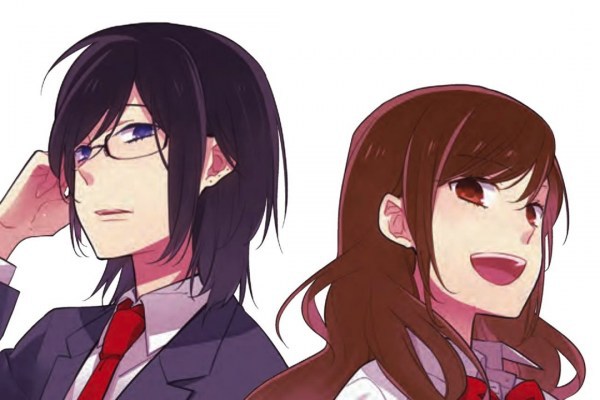
Horimiya
With workaholic parents and a little brother that still needs to be taken care of, Hori doesn’t have much time to socialize with her friends. But she also doesn’t want them to know that and the fact that she acts more like a housewife than a teenager at home. Miyamura is a stereotypically nerdy-looking guy with his long hair, glasses, and quiet demeanor. Pretty much everyone in class ignores him and he doesn’t seem to have many friends at all. Outside of school however, he pulls back his hair showing all of his piercings though still hiding his tattoos. When the two of them meet without their public personas, they form an unlikely friendship around keeping each other’s secret.
Horimiya is another story about public versus private persona that takes on a more light-hearted nature when compared to Kare Kano. One of the main reasons this manga made it into my top five is because of the simple fact that I find the story and characters hilarious. The vast majority of my list so far has been filled with series that have relied heavily on the drama and romance to create and interesting narrative. Horimiya is the opposite. While still relying on romance, the tone is much more light, focusing more on the comedic aspects of a relationship and friendships in general. Though it is not an overly complicated story, this manga stands on the strength of its characters.
This manga is still an ongoing series, with 10 volumes and counting, and was originally based on a 4-koma webcomic. It doesn’t have an extraordinary art style — which is why it is not higher on this list — but it is solid enough that it doesn’t detract from the manga as a whole. And when the series moments do appear, they are made all the more important by the increase in use of values and expressions. In fact, Daisuke Hagiwara’s skill seems to be the strongest when it comes to facial expressions, able to capture a broad range of expressions that help keep the feel of the original 4-koma series intact. I would highly recommend this series to someone who is looking for an easy, light-hearted read.
Honorable Mentions:
- Tsubaki-chou Lonely Planet
- Love so Life

